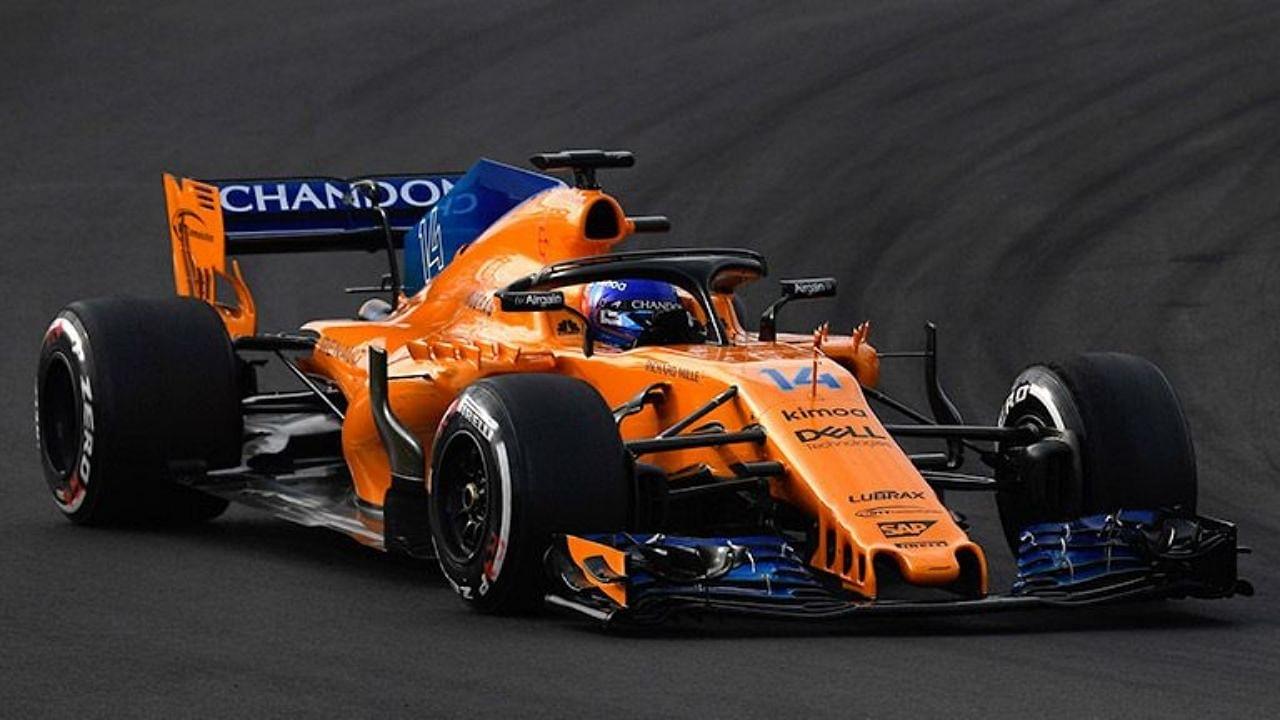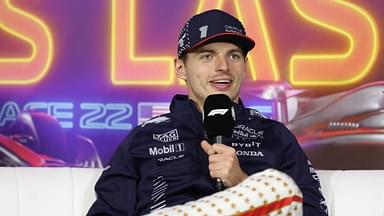McLaren Applied Technologies engineering Chief Richard Saxby believes F1 engines will depend more on their electronic aspects in the future.
Right now, the main objective for F1 is to finalize the engine regulations after the current cycle ends in 2026. Them along with the World Motor Sport Council, want to retain the 1.6l V6 turbos, remove the MGU-H, introduce a cost cap, and also increase the electrical power output to 35o KW.
The electrical output they aim to generate is 100KW more than what the current Formula-E cars produce. Saxby welcomes the initiative taken by the governing bodies but wants them to transition to the ‘electrification’ carefully.
He said it’s important that F1 find the right balance between electrical output and output of the ICE (Internal Combustion Engine).
Also read: Zak Brown highlights his favourite moments from the path-breakingly popular 2021 F1 season
“It should be the direction Formula 1 is going.” said the McLaren chief. “I can quote Toto Wolff, who mentioned that Formula E won’t take over Formula 1. Formula 1 will become Formula E.”
“So there’s always this 50/50 balance there. I think that Formula 1 would be good to have a 50/50 balance initially. And not jump straight into electrification.”
“I think we’ve got a certain fan base out there who like the noise and like the drama of Formula 1. ICEs can provide that. They can also provide the efficiency too.” he added.
Focusing on electrification would be a major engineering challenge, says the McLaren chief
Saxby went on to talk about the challenges of switching to an electricity-dependent Power Unit. The current Formula-E cars, which use the most efficient electrified PUs, haven’t come close to matching the speed of the F1 hybrid cars.
“I think the packaging challenge would be the biggest issue that you’ve got there, as well as safety.” he continued.
“You’re starting to encroach into certain zones that require you to be safety prevalent. And there’s a lot of discussions needed around packaging.”
Formula 1 is being forced to consider an electric future https://t.co/OEjKD06LXj pic.twitter.com/i0XVfNvibl
— Forbes SportsMoney (@ForbesSports) January 1, 2022
“I think the front end of the cars will change. So there’ll be an aerodynamic change that also needs to be cooled somehow, and the car’s weight would most likely increase too.”
“There’s a lot of engineering challenges, but I don’t think they wouldn’t be overcome by Formula 1 teams. I think most would accept the challenge and produce something pretty special,” he concluded.
Also read: McLaren star confirms relationship with Portuguese model on Instagram








